Novel Insight into the Prevention and Therapeutic Treatment of Paulownia Witches’ Broom: A Study on the Effect of Salicylic Acid on Disease Control and the Changes in the Paulownia Transcriptome and Proteome
Abstract
:1. Introduction
2. Results
2.1. Effects of SA Treatment on the Growth Morphology of Paulownia Seedlings
2.2. Effects of SA Treatment on Physiological Indicators of Paulownia Seedlings
2.3. Effects of SA on Phytoplasma
2.4. Transcriptomic Analysis under SA Treatment
2.5. Proteomic Analysis under SA Treatment
2.6. Transcriptomic and Proteomic Correlation Analysis
3. Discussion
4. Materials and Methods
4.1. Experimental Materials
4.2. Transcriptome Sequencing
4.3. Protein Identification
4.4. DAB and NBT Staining
4.5. Aniline Blue Staining for Callose Detection
4.6. Measurement of Defensive Enzyme Activity
4.7. Detection of Phytoplasma
4.8. Data Processing and Statistical Analysis
5. Conclusions
Supplementary Materials
Author Contributions
Funding
Institutional Review Board Statement
Informed Consent Statement
Data Availability Statement
Conflicts of Interest
References
- Jakubowski, M. Cultivation potential and uses of Paulownia wood: A review. Forests 2022, 13, 668. [Google Scholar] [CrossRef]
- Wang, H.W.; Duan, J.M.; Zhang, P.; Cheng, Y.Q.; Wu, J.W.; Wang, G.Z. Microsatellite markers in Paulownia kawakamii (Scrophulariaceae) and cross-amplification in other Paulownia species. Genet. Mol. Res. 2013, 12, 3750–3754. [Google Scholar] [CrossRef] [PubMed]
- Cao, Y.; Sun, G.; Zhai, X.; Xu, P.; Ma, L.; Deng, M.; Zhao, Z.; Yang, H.; Dong, Y.; Shang, Z.; et al. Genomic insights into the fast growth of paulownias and the formation of Paulownia witches’ broom. Mol. Plant 2021, 14, 1668–1682. [Google Scholar] [CrossRef]
- Doi, Y.O.; Teranaka, M.; Yora, K.; Asuyama, H. Mycoplasma or PLT-group-like organisms found in the phloem elements of plants infected with mulberry dwarf, potato witches’ broom, aster yellows or paulownia witches’ broom. Ann. Phytopathol. Soc. Jpn. 1967, 33, 259–266. [Google Scholar] [CrossRef]
- Hogenhout, S.A.; Oshima, K.; Ammar, E.-D.; Kakizawa, S.; Kingdom, H.N.; Namba, S. Phytoplasmas: Bacteria that manipulate plants and insects. Mol. Plant Pathol. 2008, 9, 403–423. [Google Scholar] [CrossRef] [PubMed]
- Valiunas, D.; Staniulis, J.; Davis, R.E. ‘Candidatus Phytoplasma fragariae’, a novel phytoplasma taxon discovered in yellows diseased strawberry, Fragariax ananassa. Int. J. Syst. Evol. Microbiol. 2006, 56, 277–281. [Google Scholar] [CrossRef]
- Belli, G.; Bianco, P.; Conti, M. Grapevine yellows in Italy: Past, present and future. J. Plant Pathol. 2010, 92, 303–326. [Google Scholar]
- Oshima, K.; Kakizawa, S.; Nishigawa, H.; Jung, H.-Y.; Wei, W.; Suzuki, S.; Arashida, R.; Nakata, D.; Miyata, S.-I.; Ugaki, M.; et al. Reductive evolution suggested from the complete genome sequence of a plant-pathogenic phytoplasma. Nat. Genet. 2004, 36, 27–29. [Google Scholar] [CrossRef]
- Lee, I.-M.; Davis, R.E.; Gundersen-Rindal, D.E. Phytoplasma: Phytopathogenic mollicutes. Annu. Rev. Microbiol. 2000, 54, 221–255. [Google Scholar] [CrossRef]
- Cao, Y.; Fan, G.; Wang, Z.; Gu, Z. Phytoplasma-induced changes in the acetylome and succinylome of Paulownia tomentosa provide evidence for involvement of acetylated proteins in witches’ broom disease. Mol. Cell. Proteom. 2019, 18, 1210–1226. [Google Scholar] [CrossRef] [PubMed]
- He, J.; Zhang, R.-X.; Kim, D.S.; Sun, P.; Liu, H.; Liu, Z.; Hetherington, A.M.; Liang, Y.-K. ROS of distinct sources and salicylic acid separate elevated CO2-mediated stomatal movements in Arabidopsis. Front. Plant Sci. 2020, 11, 542. [Google Scholar] [CrossRef]
- Gao, Q.; Liu, Y.; Liu, Y.; Dai, C.; Zhang, Y.; Zhou, F.; Zhu, Y. Salicylic Acid Modulates the Osmotic System and Photosynthesis Rate to Enhance the Drought Tolerance of Toona ciliata. Plants 2023, 12, 4187. [Google Scholar] [CrossRef] [PubMed]
- Chen, H.; Li, M.; Qi, G.; Zhao, M.; Liu, L.; Zhang, J.; Chen, G.; Wang, D.; Liu, F.; Fu, Z.Q. Two interacting transcriptional coactivators cooperatively control plant immune responses. Sci. Adv. 2021, 7, eabl7173. [Google Scholar] [CrossRef]
- Pokotylo, I.; Hodges, M.; Kravets, V.; Ruelland, E. A ménage à trois: Salicylic acid, growth inhibition, and immunity. Trends Plant Sci. 2021, 27, 460–471. [Google Scholar] [CrossRef]
- Zhang, Y.; Shi, X.; Li, B.; Zhang, Q.; Liang, W.; Wang, C. Salicylic acid confers enhanced resistance to Glomerella leaf spot in apple. Plant Physiol. Biochem. 2016, 106, 64–72. [Google Scholar] [CrossRef] [PubMed]
- Lovelock, D.A.; Donald, C.E.; Conlan, X.A.; Cahill, D.M. Salicylic acid suppression of clubroot in broccoli (Brassicae oleracea var. italica) caused by the obligate biotroph Plasmodiophora brassicae. Australas. Plant Pathol. 2013, 42, 141–153. [Google Scholar] [CrossRef]
- Cao, X.; Zhai, X.; Zhang, Y.; Cheng, Z.; Li, X.; Fan, G. Comparative analysis of microRNA expression in three Paulownia species with Phytoplasma infection. Forests 2018, 9, 302. [Google Scholar] [CrossRef]
- Su, Y.; Li, H.-G.; Wang, Y.; Li, S.; Wang, H.-L.; Yu, L.; He, F.; Yang, Y.; Feng, C.-H.; Shuai, P.; et al. Poplar miR472a targeting NBS-LRRs is involved in effective defence against the necrotrophic fungus Cytospora chrysosperma. J. Exp. Bot. 2018, 69, 5519–5530. [Google Scholar] [CrossRef] [PubMed]
- Park, J.H.; Shin, C. The role of plant small RNAs in NB-LRR regulation. Brief. Funct. Genom. 2015, 14, 268–274. [Google Scholar] [CrossRef]
- Weiberg, A.; Wang, M.; Bellinger, M.; Jin, H. Small RNAs: A new paradigm in plant-microbe interactions. Annu. Rev. Phytopathol. 2014, 52, 495–516. [Google Scholar] [CrossRef]
- Fan, G.; Niu, S.; Zhao, Z.; Deng, M.; Xu, E.; Wang, Y.; Yang, L. Identification of microRNAs and their targets in Paulownia fortunei plants free from phytoplasma pathogen after methyl methane sulfonate treatment. Biochimie 2016, 127, 271–280. [Google Scholar] [CrossRef]
- Li, B.; Zhai, X.; Cao, Y.; Zhao, H.; Wang, Z.; Liu, H.; Fan, G. Transcriptome and small RNA sequencing analysis revealed roles of PaWB-related miRNAs and genes in Paulownia fortunei. Forests 2018, 9, 397. [Google Scholar] [CrossRef]
- Fan, G.; Cao, Y.; Wang, Z. Regulation of long noncoding RNAs responsive to phytoplasma infection in Paulownia tomentosa. Int. J. Genom. 2018, 2018, 3174352. [Google Scholar] [CrossRef] [PubMed]
- Wei, Z.; Wang, Z.; Li, X.; Zhao, Z.; Deng, M.; Dong, Y.; Cao, X.; Fan, G. Comparative proteomic analysis of Paulownia fortunei response to phytoplasma infection with dimethyl sulfate treatment. Int. J. Genom. 2017, 2017, 6542075. [Google Scholar] [CrossRef]
- Fan, G.; Dong, Y.; Deng, M.; Zhao, Z.; Niu, S.; Xu, E. Plant-pathogen interaction, circadian rhythm, and hormone-related gene expression provide indicators of phytoplasma infection in Paulownia fortunei. Int. J. Mol. Sci. 2014, 15, 23141–23162. [Google Scholar] [CrossRef]
- Wang, X.; Sager, R.; Cui, W.; Zhang, C.; Lu, H.; Lee, J.-Y. Salicylic acid regulates plasmodesmata closure during innate immune responses in Arabidopsis. Plant Cell 2013, 25, 2315–2329. [Google Scholar] [CrossRef]
- Tang, Y.; Kuang, J.F.; Wang, F.Y.; Chen, L.; Hong, K.Q.; Xiao, Y.Y.; Xie, H.; Lu, W.J.; Chen, J.Y. Molecular characterization of PR and WRKY genes during SA-and MeJA-induced resistance against Colletotrichum musae in banana fruit. Postharvest Biol. Technol. 2013, 79, 62–68. [Google Scholar] [CrossRef]
- Sari, E.; Etebarian, H.R. Concentration-dependent effect of salicylic acid application on wheat seedling resistance to take-all fungus, Gaeumannomyces graminis var. tritici. Phytoparasitica 2013, 37, 67–76. [Google Scholar] [CrossRef]
- Wang, N.; Li, Y.; Chen, W.; Yang, H.Z.; Zhang, P.H.; Wu, Y.F. Identification of wheat blue dwarf phytoplasma effectors targeting plant proliferation and defence responses. Plant Pathol. 2018, 67, 603–609. [Google Scholar] [CrossRef]
- Chen, Y.; Yang, X.; He, K.; Liu, M.; Li, J.; Gao, Z.; Lin, Z.; Zhang, Y.; Wang, X.; Qiu, X.; et al. The MYB transcription factor superfamily of Arabidopsis: Expression analysis and phylogenetic comparison with the rice MYB family. Plant Mol. Biol. 2006, 60, 107–124. [Google Scholar]
- Abe, H.; Yamaguchi-Shinozaki, K.; Urao, T.; Iwasaki, T.; Hosokawa, D.; Shinozaki, K. Role of arabidopsis MYC and MYB homologs in drought-and abscisic acid-regulated gene expression. Plant Cell 1997, 9, 1859–1868. [Google Scholar] [PubMed]
- Zhu, P.; Fan, Y.; Xu, P.; Fan, G. Bioinformatic Analysis of the BTB Gene Family in Paulownia fortunei and Functional Characterization in Response to Abiotic and Biotic Stresses. Plants 2023, 12, 4144. [Google Scholar] [CrossRef] [PubMed]
- Fan, J.; Deng, M.; Li, B.; Fan, G. Genome-wide identification of the Paulownia fortunei Aux/IAA gene family and its Response to witches’ broom caused by phytoplasma. Int. J. Mol. Sci. 2024, 25, 2260. [Google Scholar] [CrossRef] [PubMed]
- Fan, G.; Wang, Z.; Zhai, X.; Cao, Y. ceRNA cross-talk in Paulownia Witches’ broom disease. Int. J. Mol. Sci. 2018, 19, 2463. [Google Scholar] [CrossRef] [PubMed]
- Fan, G.; Cao, X.; Zhao, Z.; Deng, M. Transcriptome analysis of the genes related to the morphological changes of Paulownia tomentosa plantlets infected with phytoplasma. Acta Physiol. Plant. 2015, 37, 202. [Google Scholar] [CrossRef]
- Zhao, Z.; Niu, S.; Fan, G.; Deng, M.; Wang, Y. Genome-wide analysis of gene and microRNA expression in diploid and autotetraploid Paulownia fortunei (Seem) Hemsl. under drought stress by transcriptome, microRNA, and degradome sequencing. Forests 2018, 9, 88. [Google Scholar] [CrossRef]
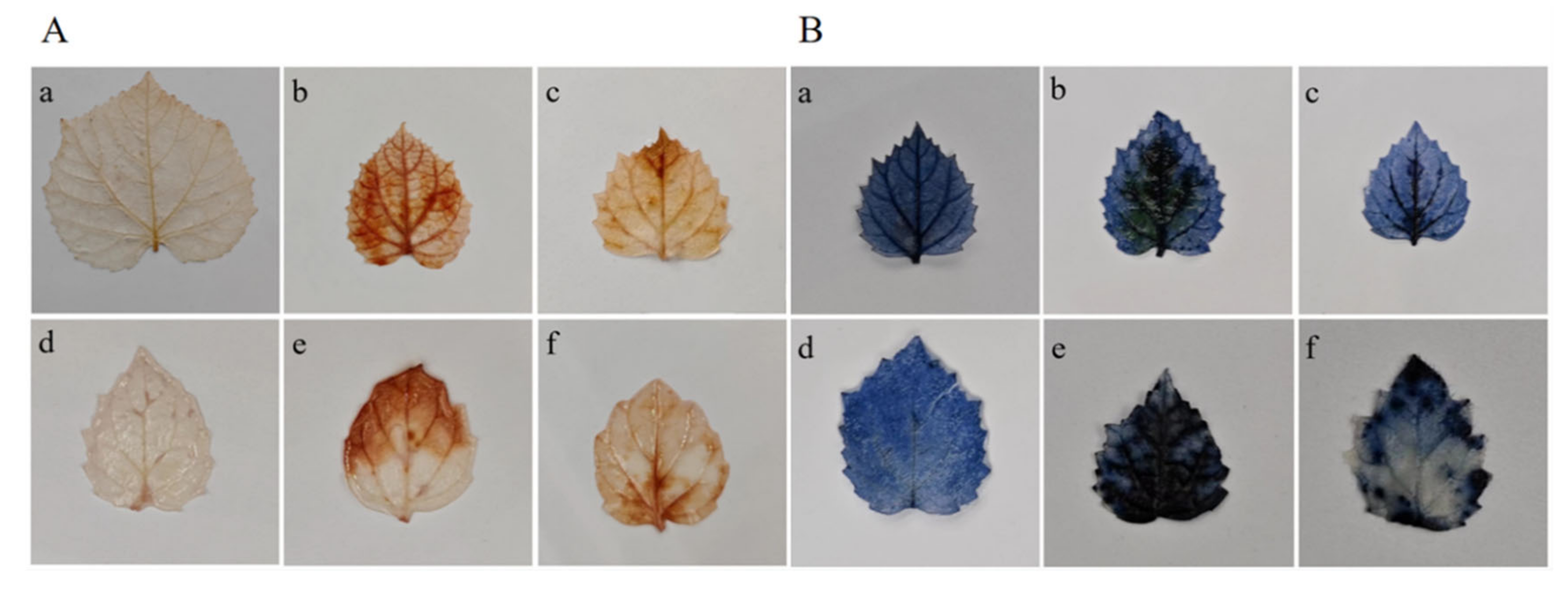
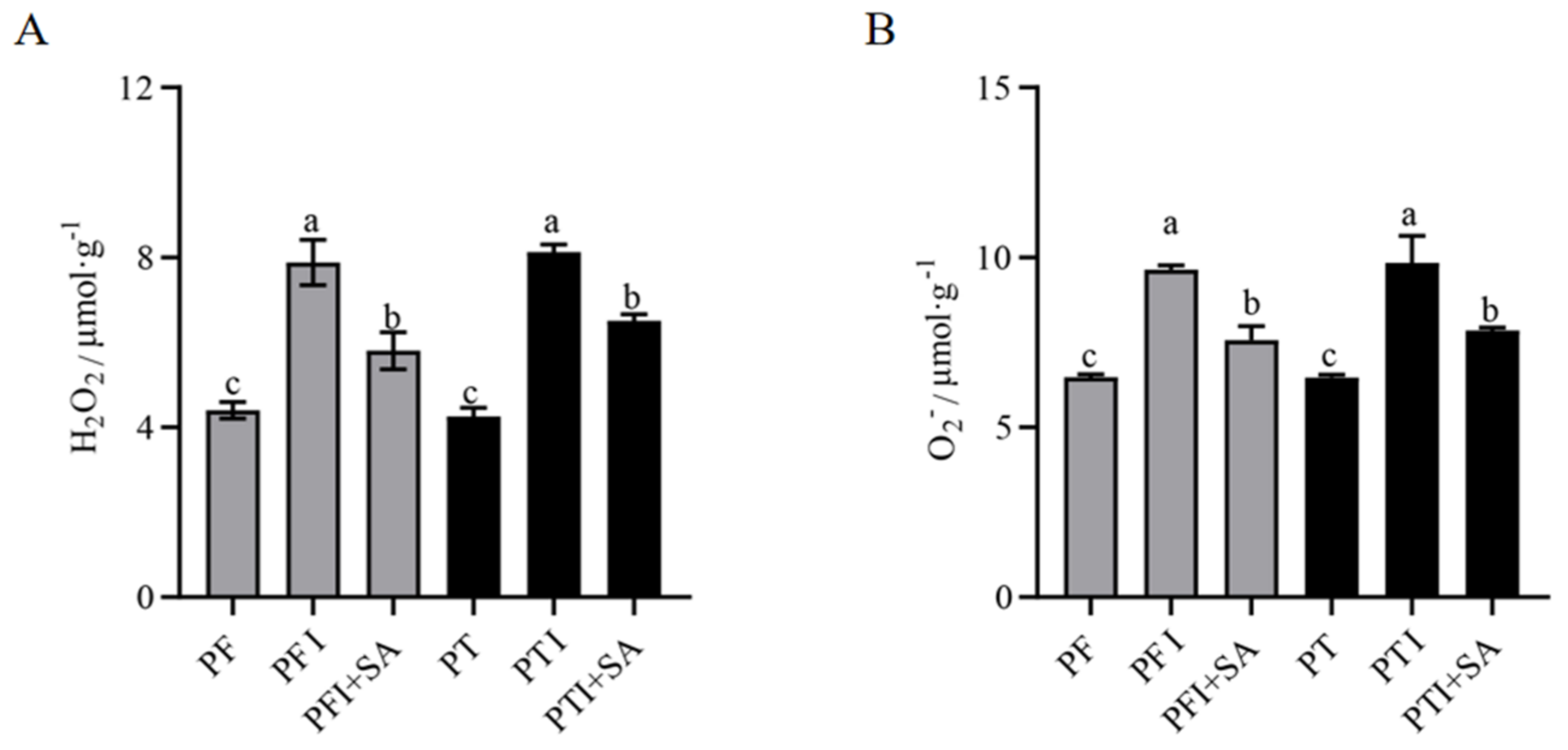
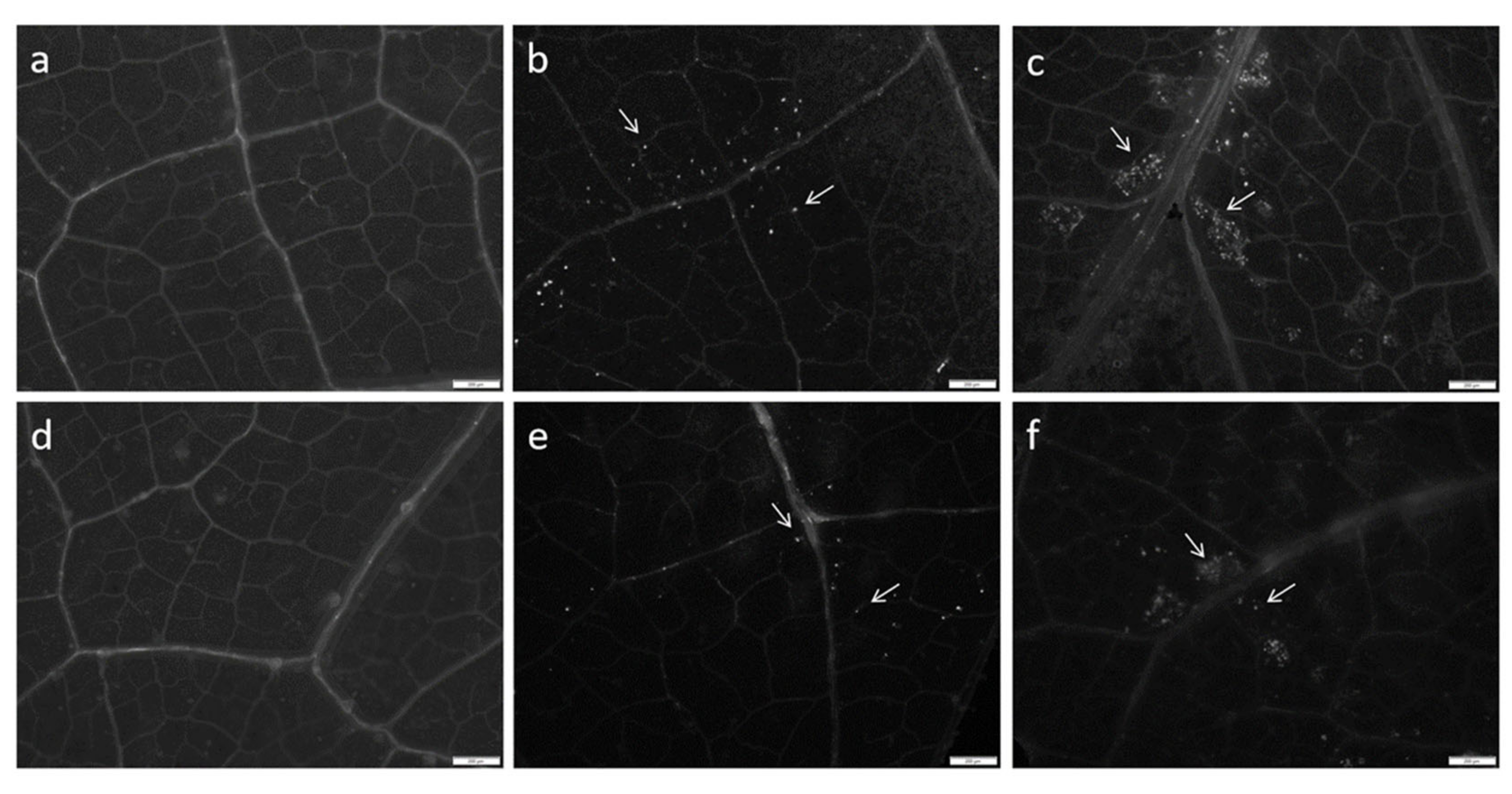

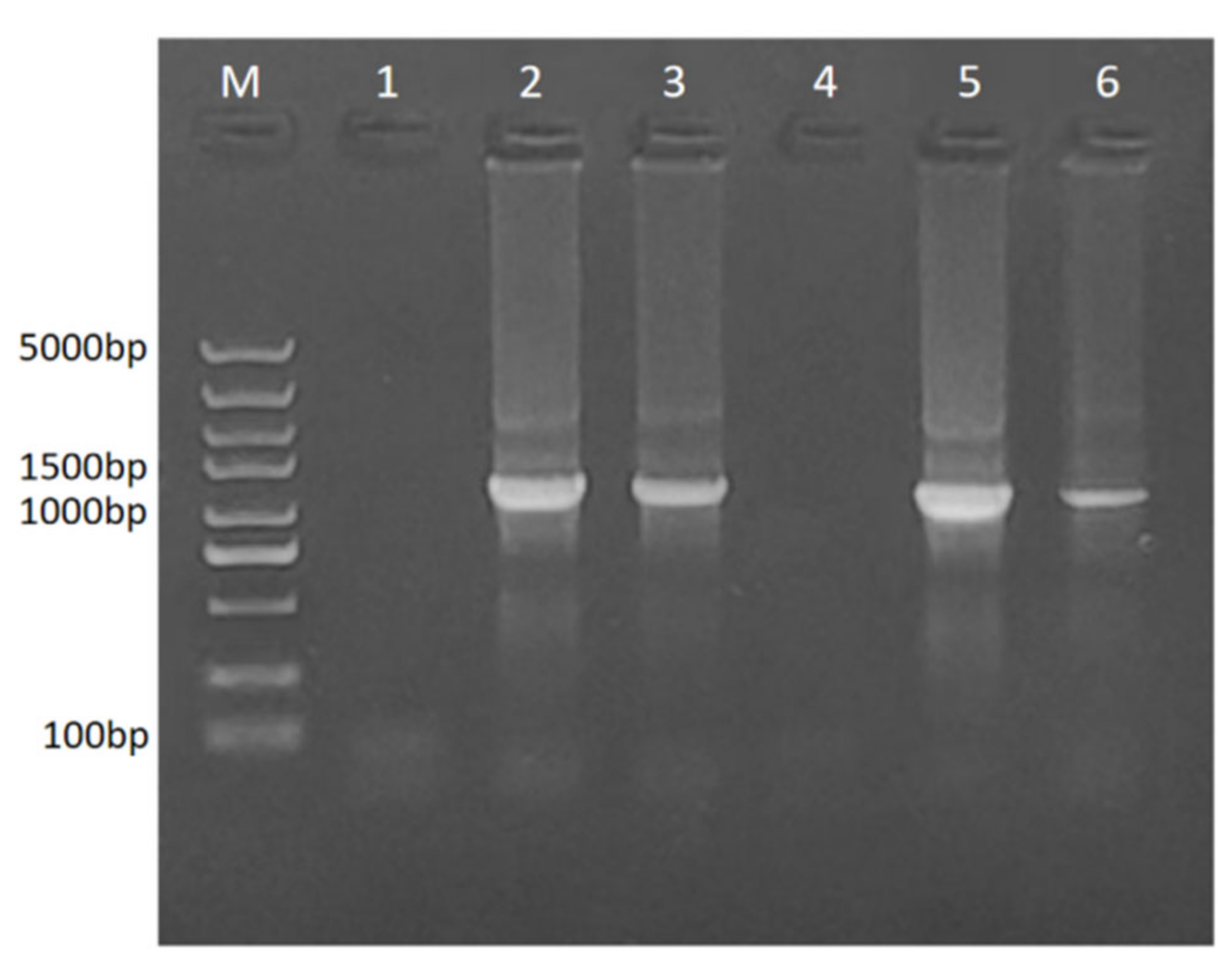
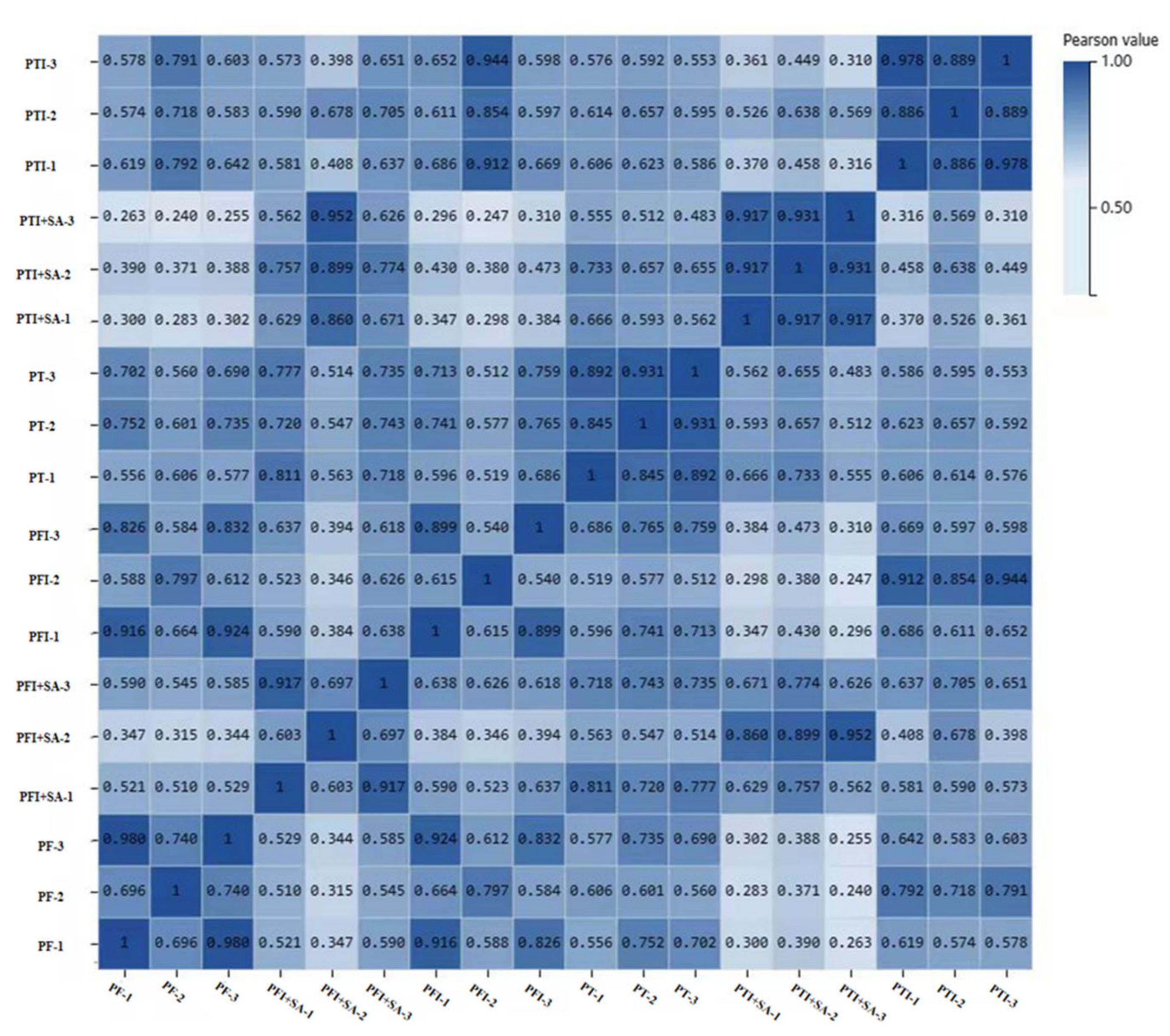

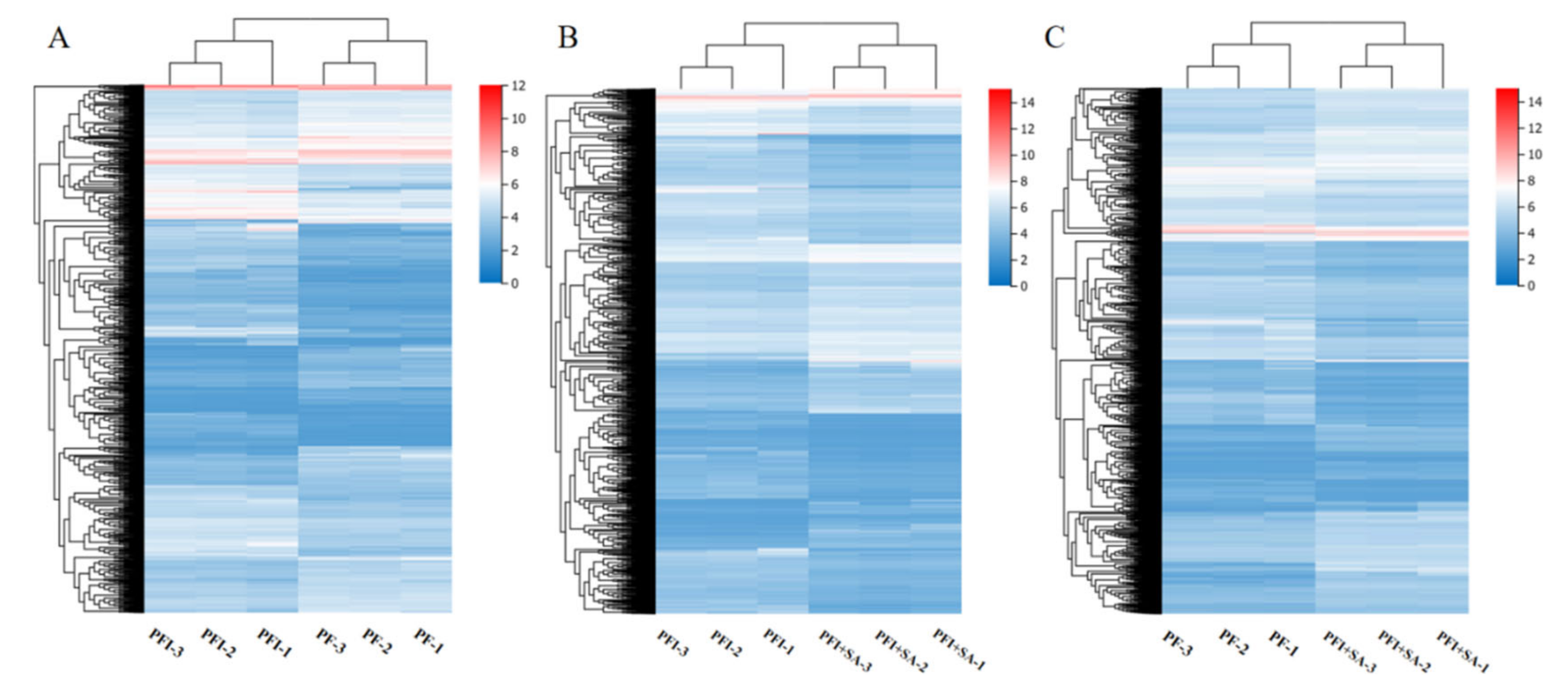
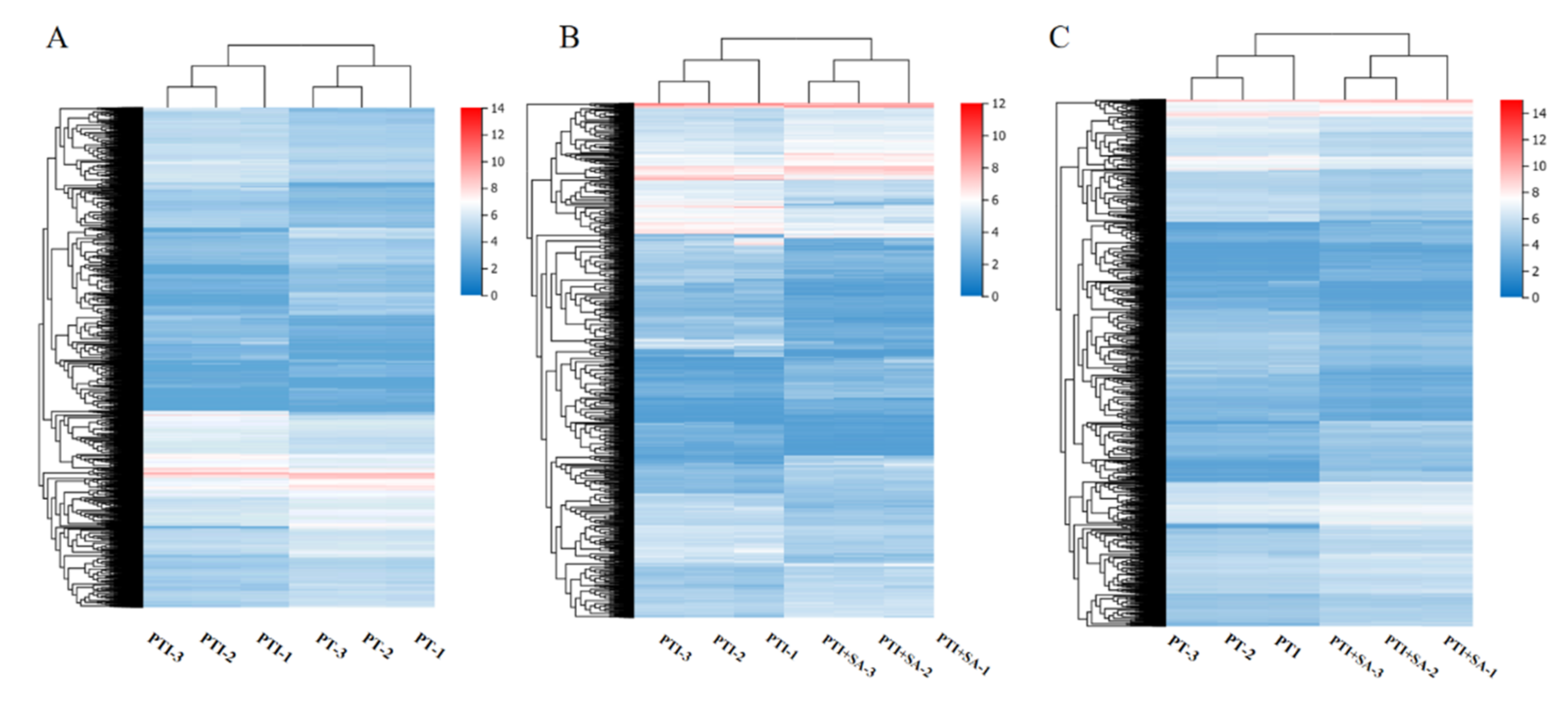

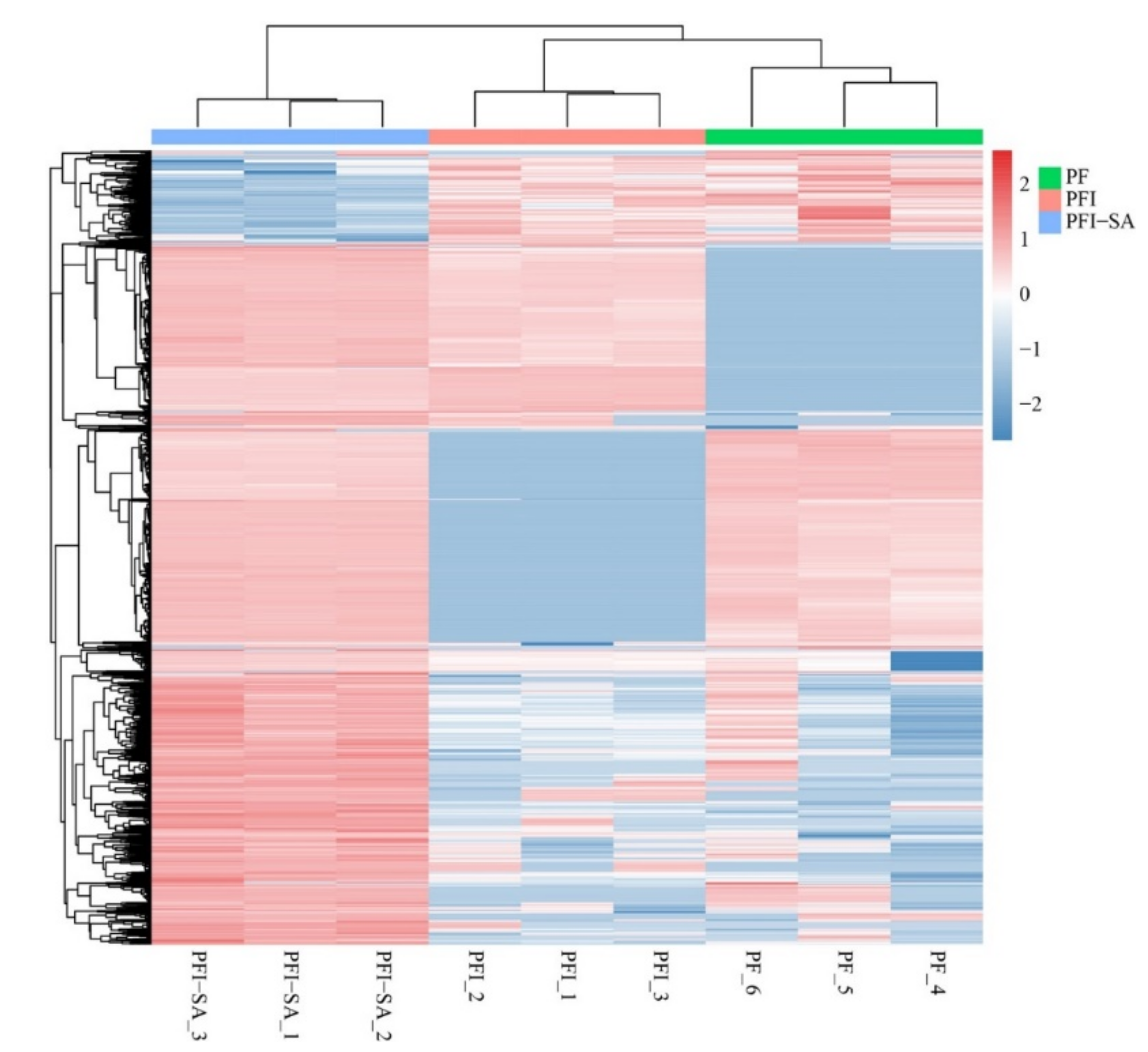
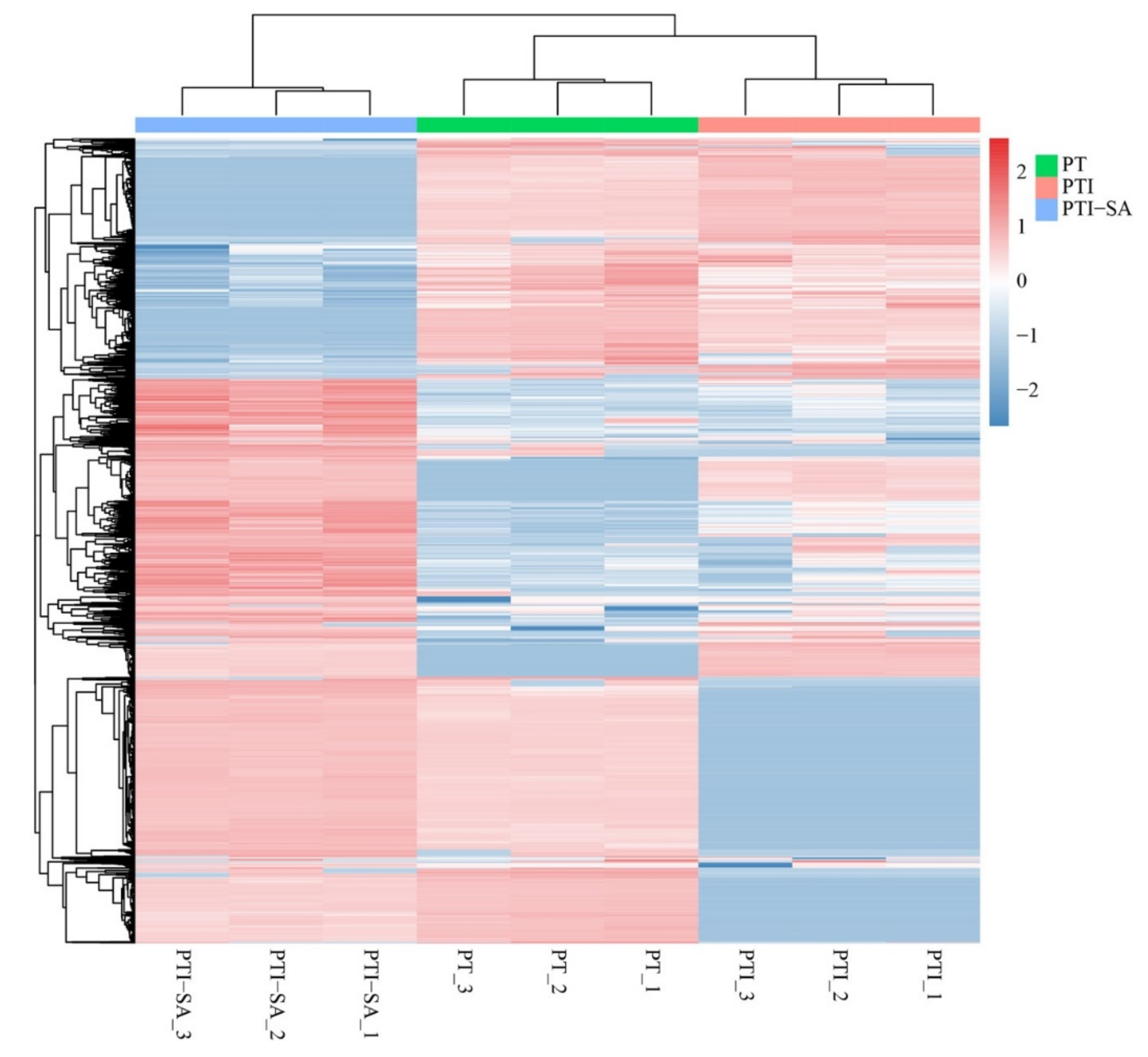
| Sample | Total Raw Reads (M) | Total Clean Reads (M) | Total Clean Bases (Gb) | Clean Reads Q20 (%) | Clean Reads Q30 (%) | Clean Reads Ratio (%) |
|---|---|---|---|---|---|---|
| PF_1 | 42.64 | 42.64 | 6.4 | 98.33 | 94.36 | 100 |
| PF_2 | 42.51 | 42.51 | 6.38 | 98.41 | 94.41 | 100 |
| PF_3 | 42.53 | 42.53 | 6.38 | 98.58 | 94.66 | 100 |
| PFI + SA_1 | 43.69 | 42.09 | 6.31 | 98.17 | 94.08 | 96.34 |
| PFI + SA_2 | 43.69 | 42.27 | 6.34 | 98.37 | 94.66 | 96.74 |
| PFI + SA_3 | 43.69 | 42.28 | 6.34 | 98.37 | 94.65 | 96.76 |
| FI_1 | 42.51 | 42.51 | 6.38 | 98.74 | 95.31 | 100 |
| PFI_2 | 42.78 | 42.78 | 6.42 | 98.65 | 94.94 | 100 |
| PFI_3 | 42.41 | 42.41 | 6.36 | 98.59 | 94.73 | 100 |
| PT_1 | 42.62 | 42.62 | 6.39 | 98.43 | 94.1 | 100 |
| PT_2 | 42.63 | 42.63 | 6.4 | 98.46 | 94.25 | 100 |
| PT_3 | 42.66 | 42.66 | 6.4 | 98.55 | 94.55 | 100 |
| PTI + SA_1 | 43.69 | 42.43 | 6.36 | 98.47 | 94.97 | 97.11 |
| PTI + SA_2 | 43.69 | 42.38 | 6.36 | 98.36 | 94.6 | 97 |
| PTI + SA_3 | 43.69 | 42.22 | 6.33 | 98.47 | 94.97 | 96.63 |
| PTI_1 | 42.68 | 42.68 | 6.4 | 98.44 | 94.14 | 100 |
| PTI_2 | 42.35 | 42.35 | 6.35 | 98.43 | 94.09 | 100 |
| PTI_3 | 42.3 | 42.3 | 6.34 | 98.42 | 94.06 | 100 |
| Analysis Group | Downregulated | Upregulated |
|---|---|---|
| PFI vs. PF | 267 | 199 |
| PFI + SA vs. PF | 519 | 1156 |
| PFI + SA vs. PFI | 403 | 1122 |
| PTI vs. PT | 236 | 544 |
| PTI + SA vs. PT | 744 | 1602 |
| PTI + SA vs. PTI | 589 | 1035 |
| Gene ID | Forward Primer (5′–3′) | Reverse Primer (5′–3′) |
|---|---|---|
| Pfo09g004910 | AAGCGAAGGAAGAGTCAGGC | CGCCGAACAACCCTTTGAAC |
| Pfo13g007180 | GAGCACTTATGCCCACGAGA | TCAGGGAAGCTGTTGTTGCT |
| Pfo11g014070 | GACGACGACCCCACCATATT | TCCAAGTCCTCGGTGTTGAC |
| Pfo04g009890 | TGCTGGCGGCATAACATTGA | GCCCACATCCAACGACAAGT |
| Pfo06g001070 | ACCATTGACTGATGCAGCGA | GAGGCCACCTGAAGGTCATC |
| Pfo14g010380 | GGCTGATGCAGTTCAACCAC | CCTAGTCCACTTCAGCGCAA |
| Pfo15g012670 | CAGTTGCTTGCAGGCTTGAC | TCATAATCCGCTGCACGGTC |
| Pfo19g006230 | TGTGCAGCTAGATGTGGCAA | GCAACTCTCTTCAAGCGTCC |
| PfActin | AATGGAATCTGCTGGAAT | ACTGAGGACAATGTTACC |
| Regent | 100 mL Use Quantity (g) | Method |
|---|---|---|
| 0.2 M EDTA-Na2 | 7.4 | Add water and set the volume to 100 mL, then add about 0.8 g NaOH, and adjust the pH to about 8.0 |
| 1 M Tris-Base | 12.1 | Add water and set the volume to 100 mL, then add about 4.2 mL concentrated HCl, and adjust the pH to about 8.0 |
| 1 M NaCl | 5.85 | Add water and set the volume to 100 mL |
Disclaimer/Publisher’s Note: The statements, opinions and data contained in all publications are solely those of the individual author(s) and contributor(s) and not of MDPI and/or the editor(s). MDPI and/or the editor(s) disclaim responsibility for any injury to people or property resulting from any ideas, methods, instructions or products referred to in the content. |
© 2024 by the authors. Licensee MDPI, Basel, Switzerland. This article is an open access article distributed under the terms and conditions of the Creative Commons Attribution (CC BY) license (https://creativecommons.org/licenses/by/4.0/).
Share and Cite
Fan, Y.; Zhu, P.; Zhao, H.; Yang, H.; Wang, W.; Fan, G. Novel Insight into the Prevention and Therapeutic Treatment of Paulownia Witches’ Broom: A Study on the Effect of Salicylic Acid on Disease Control and the Changes in the Paulownia Transcriptome and Proteome. Int. J. Mol. Sci. 2024, 25, 10553. https://doi.org/10.3390/ijms251910553
Fan Y, Zhu P, Zhao H, Yang H, Wang W, Fan G. Novel Insight into the Prevention and Therapeutic Treatment of Paulownia Witches’ Broom: A Study on the Effect of Salicylic Acid on Disease Control and the Changes in the Paulownia Transcriptome and Proteome. International Journal of Molecular Sciences. 2024; 25(19):10553. https://doi.org/10.3390/ijms251910553
Chicago/Turabian StyleFan, Yujie, Peipei Zhu, Hui Zhao, Haibo Yang, Wenhu Wang, and Guoqiang Fan. 2024. "Novel Insight into the Prevention and Therapeutic Treatment of Paulownia Witches’ Broom: A Study on the Effect of Salicylic Acid on Disease Control and the Changes in the Paulownia Transcriptome and Proteome" International Journal of Molecular Sciences 25, no. 19: 10553. https://doi.org/10.3390/ijms251910553





